Medical debt impacts the lives of millions of Americans. It touches those without health insurance, as well as those who have it. Recent data show that fewer than 40% of Americans have $1,000 saved in the event of a major health problem. As healthcare costs continue to rise, providers and consumers need quality revenue cycle management with a focus on patient experience.
Who has medical debt and why?
Here are some numbers from a 2014 survey:
– 42.9 million Americans carried medical debt.
– Two million had declared bankruptcy related to medical debt.
– Sixty percent of those with medical debt had health insurance.
– One in ten adults delayed seeking medical care because of the cost.
How many patients struggle to pay their medical bills?
A Kaiser Family Foundation study on the burden of medical debt that was conducted in 2016 reported the following.
– Twenty-six percent of study participants struggled to pay medical bills. Of these patients, 20% had health insurance and over half were uninsured.
– Those with lower incomes were more likely to struggle with payments, as were those with high-deductible private insurance.
How much of patients' total debt is medical?
The Kaiser study also surveyed Americans in financial debt to learn what proportion of it was medically related, and 22% reported that almost all of their family’s debt was medical.
The landscape these data outline is one that will continue to pressure those who seek care at your healthcare facility, with significant implications for revenue cycle management and your patients’ health. Many insured patients do not anticipate high deductibles and co-payments, and they do not have the savings to absorb them. In addition, the effects of medical debt are not limited to a patient’s interactions within the medical system. Debt affects a patient’s housing, transportation, employment, and credit rating.
Measures that can help
In September of 2017, the nation’s three major credit reporting agencies adopted a 180-day waiting period before factoring medical debt in a consumer’s credit rating. The measure allows consumers time to settle disputes with insurers and work out delays in payment. In addition, when medical debt is paid by an insurer it is removed from a consumer’s credit report.
A patient-focused revenue cycle management team can lead communication with consumers that helps them to clearly understand:
- The amount they owe for the care they have received.
- The financing, financial assistance and monthly payment plan options are available to them.
Such dialogue results in revenue return and builds patient trust in the healthcare system. Experts can also navigate claims status with insurers, facilitating payment on behalf of both patients and providers. While not at the rate projections once suggested, healthcare costs will continue to rise in the decade to come. Patients and providers require 21st-century revenue management that bridges – and surpasses – expectations. Healthcare Claims Management offers you a comprehensive approach to customer service with an emphasis on patient satisfaction and increased facility revenue.



